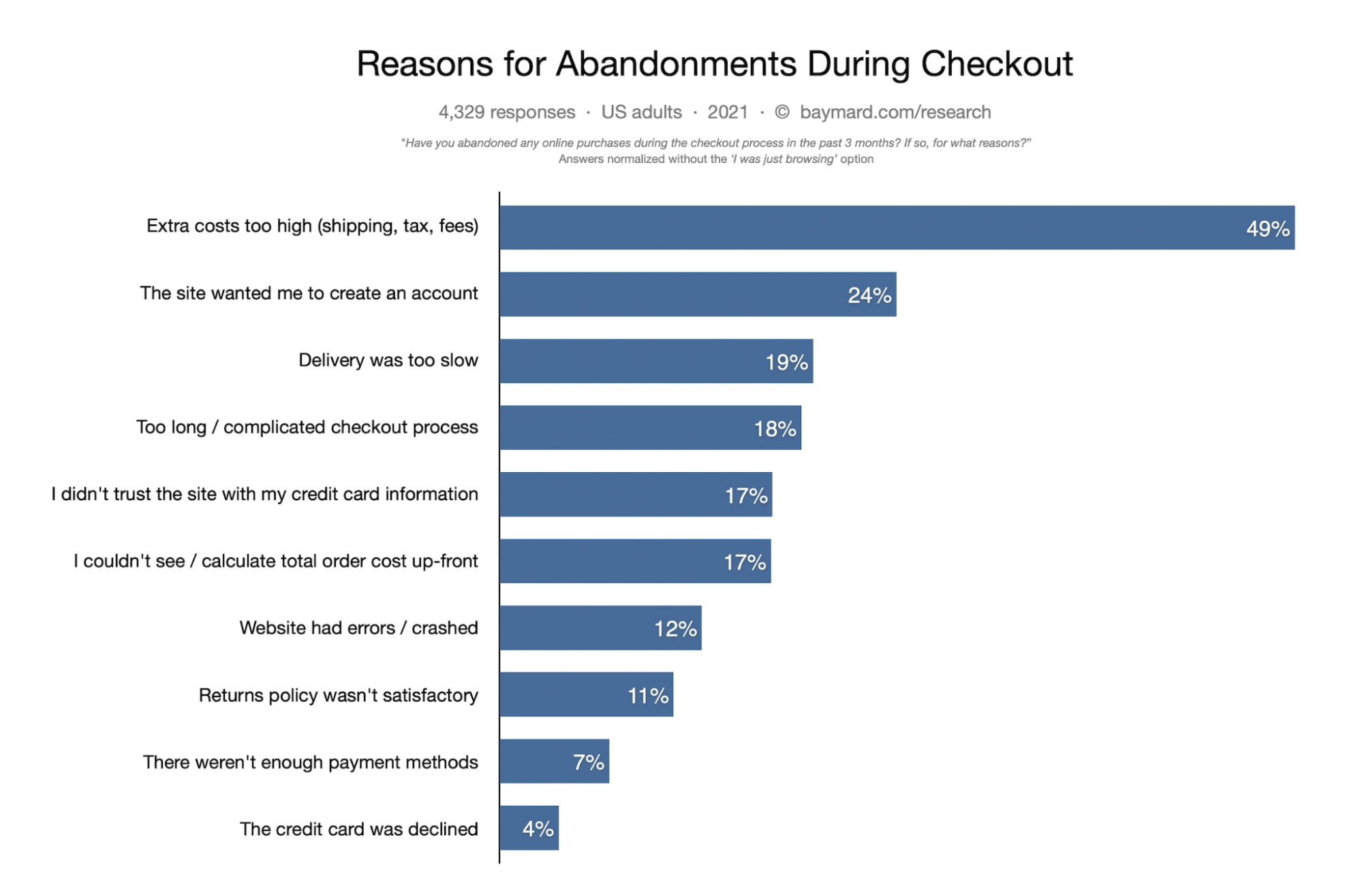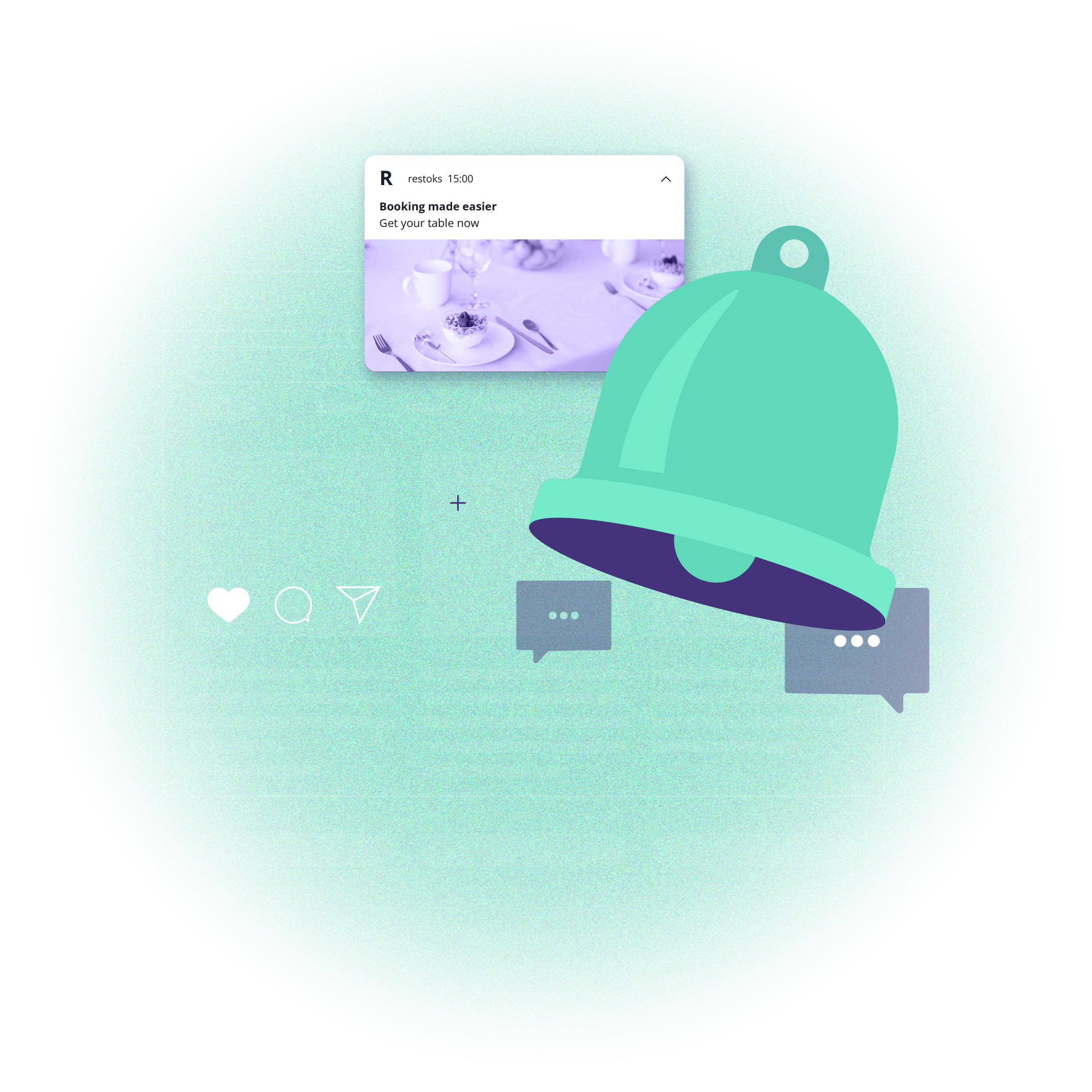How to deliver stellar customer experience in e-commerce in 2021?


How to deliver stellar customer experience in e-commerce in 2021?


Ever since the pandemic struck, the entire world has been trying out ways to cope. Some industries such as hospitality are suffering, while others are flourishing. One of them is e-commerce, which has been growing consistently. With much of the brick-and-mortar stores closed down, online shopping is on the rise.
If you have an eCommerce store and you’re wondering how to grow it and get more sales, one of the best ways to do so is by providing a great customer experience. Here are some things you should pay attention to if you want to delight your customers.
Invest in your mobile website
Having a fast website with great functionalities is a must for any business. We’re witnessing a trend where each year brings an increase in mobile device users and eCommerce is no different. More than half of all internet users are on their phones and tablets and a good portion of them is using those devices to buy something.
Making your website fully optimized for mobile is a basic step you need to take care of anyways, so we won’t spend too much time here. Instead, focus on optimizing your store functionalities for the mobile device. Research shows that if a customer has a poor experience shopping on mobile, 40% of them will go to a competitor. The same research shows that 84% of all mobile shoppers have some difficulties shopping on mobile.
The solution is simple - make sure to test all of your mobile store functionalities thoroughly and using a range of different devices and operating systems. Take a deep dive in your analytics and if you notice mobile users dropping off during the checkout process, it’s a sure sign that you need to look into your mobile website and store.
Offer a variety of customer support channels
You probably already have some support channels on your website, but the reality is that more is always better. Depending on what you sell and who your target audience is, they will prefer different channels for communicating with your business.
However, the phone is still the preferred option of most customers, with 51% of them saying that it gives the fastest problem resolution. No other option comes close, as live chat is the next preferred option (23% of customers) and self-service (with 5%).
One way to solve this problem is to invest in a powerful call center software that connects with your CRM and other business tools. If you don’t have agents covering your customer support 24/7, a business VoIP solution will give you a variety of options such as IVR and call routing to resolve your customer issues as quickly as possible.
Use chatbots, sparingly
Chatbots are touted as the next big thing in customer support, for a good reason. They’re cheap, they work around the clock and you can adjust them to provide customer support for a variety of different industries and businesses. However, they’re not a silver bullet and won’t solve all customer service problems quickly or easily.
You should use chatbots, but only as a supplement to live chat. According to research, live chat has a customer satisfaction rating of 92% and 73% of all customers state that it’s their preferred way to get in touch with a business.
A chatbot is a great way to provide some quick information to a customer, such as size availability, shipping times and fees, return policy, etc. However, if the customer needs anything more complex than that, a chatbot will do more harm than good.
It is not surprising then that 46% of surveyed customers say that they prefer using live chat to a chatbot. If you’ve just started your eCommerce store, a chatbot may be a good option to start with, but look into supplementing it with at least live chat as soon as you possibly can.
When in doubt, ask
How do you know if you’re providing top-notch service and selling a great product? You could rely on your analytics and look at your conversions and sales and confidently walk away thinking how great you are.
Here’s the problem - your customers won’t tell you that you suck.
Only 1 out of 26 customers will actually complain about a poor experience. The rest will just churn, leaving you with a massive window of missed opportunities. That means that if something is wrong with your product or entire customer experience, you will lose hundreds of customers before you actually catch up to a problem.
One way to solve this is to nudge your customers to tell you what they think. Upon completing their purchase, make sure to send them a timely reminder to fill out a survey and share their thoughts on their customer experience, the checkout process, the quality of your products and more.
You can use a variety of methods to capture customer satisfaction scores, but the important thing is to always stay in touch with your customers and actively inquire about their thoughts. For example, web push notifications are a good way to collect feedback from your customers.
Provide self-service options whenever you can
Your customers will reach out to you if there’s a problem, you can count on that. However, your customers also love figuring things out on their own. Zendesk’s research states that 67% of customers would choose to solve a problem on their own before consulting a customer representative.
This is good news because there is less strain on your agents, but it also means more work to prepare yourself to provide answers for your customers. You can do this through channels such as:
- FAQs
- How-to educational content (blogs, e-books, videos)
- IVRs in your contact center
- Chatbots (as mentioned above)
- Knowledge bases
- Mobile self-help apps
- And more
When you create any of these, make sure to consult your customer support team so you can create the kind of content that your customers really need. The more time you spend creating a useful, in-depth answer, the less time you’ll have to spend answering customer calls and emails. Needless to say, both your customers and your agents will love you more for it.
Audit your checkout process
If a customer gets to checkout and abandons their cart, this is a major loss. It takes a lot of hard work and effort to get someone to look at a product, decide to buy it, compare it with something else, put it in their cart, click on “buy”, only for them to leave.
Here are some of the most common reasons why that happens.

You already have a way to look into your analytics and find your cart abandonment rate. While some of this can be fixed with a good cart abandonment email, many of the issues mentioned above require more hands-on work.
The good news is, many of them can be solved quite easily. By showing your shipping and extra costs upfront and allowing your customers to sign in with their Facebook/Gmail accounts, you’ve already solved two of the biggest checkout issues quite easily.
Find out what your biggest checkout issues are and proactively work on solving them because having a funnel that leaks at the most important point is detrimental to your revenue.
Summing up
Customers’ expectations when it comes to customer experience are at an all-time high. With more players joining the market, the competition is stiffer too. Make sure to apply these learnings so your customers will be happier and your sales better than ever before.






